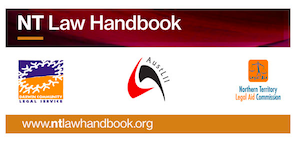-- JonathanMo - 14 Sep 2015
See also Re Applications by McDonalds Corp (1986) 9 IPR 509.
Substantially identical or deceptively similar to another trade mark
Under section 44 of the TMA, an application must be rejected if the trade mark is substantially identical with, or deceptively similar to, a trade mark registered by somebody else in respect of similar or closely related goods or services. 'Similar' in this context is taken to mean 'of the same description', the question to be decided on the facts taking account of the nature of the goods or services and their customary trade context, rather than by TMA classification categories. Similarly, 'closely related' would be judged on functionality. See Southern Cross Refrigerating Co v Toowoomba Foundry Pty Ltd (1954) 91 CLR 592; McCormick and Co Inc v McCormick [2000] FCA 1335; (2000) 51 IPR 102. A trade mark is deemed to be 'deceptively similar' to another trade mark if it is likely to deceive or cause confusion. See Southern Cross Refrigerating Co v Toowoomba Foundry Pty Ltd (1954) 91 CLR 592, in which Kitto J set out the wonderment test (at 595):while a mere possibility of confusion is not enough - for there must be a real tangible danger of its occurring - it is sufficient if the result of the use of the mark will be that a number of persons will be caused to wonder whether it might not be the case that the two products come from the same source.
 Copyright © by the contributing authors. All material on this collaboration platform is the property of the contributing authors.
Copyright © by the contributing authors. All material on this collaboration platform is the property of the contributing authors. Ideas, requests, problems regarding AustLII Communities? Send feedback
This website is using cookies. More info.
That's Fine

